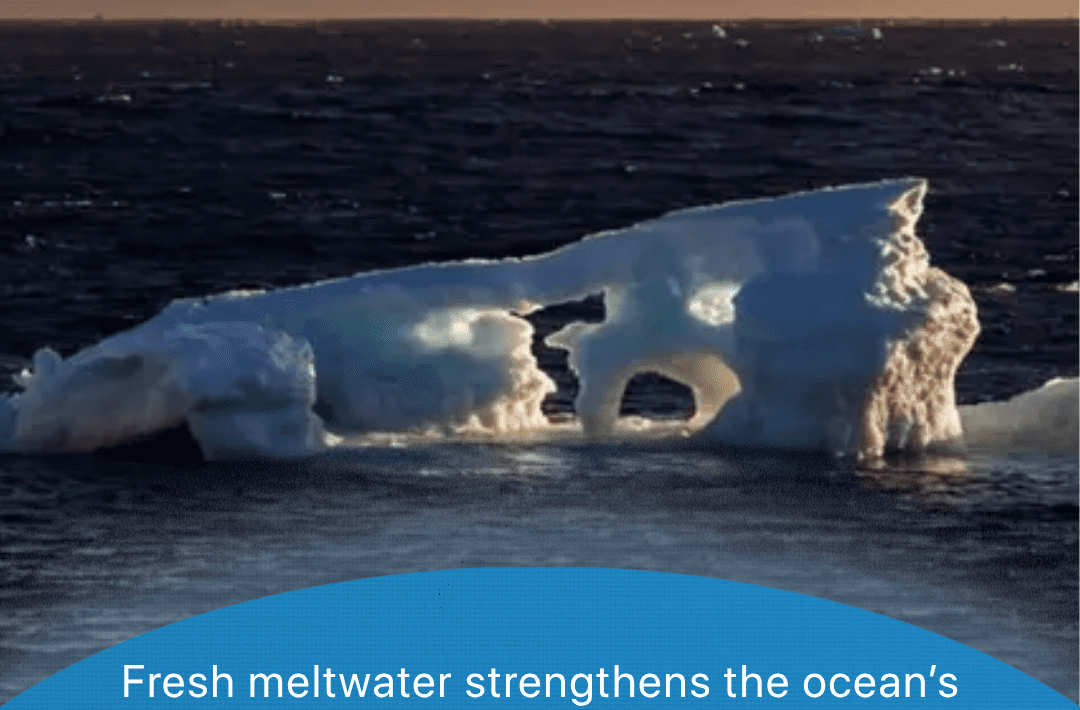A new study reveals that melting ice has temporarily strengthened Antarctica’s ability to trap carbon dioxide beneath the ocean’s surface.
The Southern Ocean continues to act as a massive carbon “sink,” storing roughly 40 percent of human-produced CO₂ emissions.
Researchers from the Alfred Wegener Institute found that melting glaciers and increased rainfall have freshened the surface layer, creating a stronger barrier that keeps CO₂-rich water below.
This barrier prevents the release of ancient, carbon-dense water into the atmosphere—delaying climate impacts for now.
However, as westerly winds intensify and deep-water layers rise, that fragile balance could soon collapse.
Long-term data from 1972 to 2021 show the deep-water boundary moving closer to the surface by about 40 meters.
Scientists caution that this natural protection may be temporary, and once the layers mix, trapped CO₂ could escape rapidly.
Antarctica’s ocean remains a powerful carbon sink today, but the clock on its protection is ticking.
